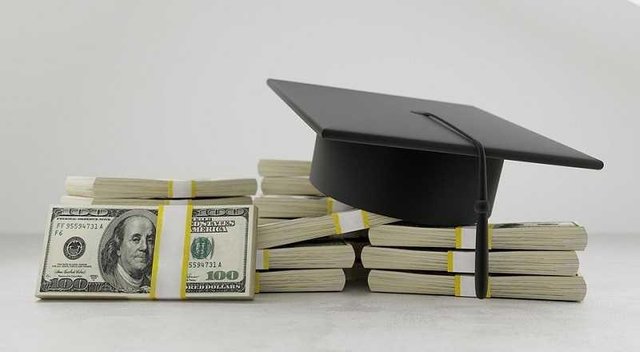American students attract investors to pay for training
The US, a new scheme of payment for higher education is gaining popularity: instead of taking loans, American students increasingly conclude with the investors so-called "income-share agreements (ISA).

It's no secret that higher education in the United States is very expensive, says The Economist. To pay for studies at a university or college, Americans usually take targeted educational loans that are issued for up to 20 years.
Those who are fortunate enough to get into federal lending programs can rely on a relatively low interest rate and state assistance in repaying the loan. The rest have to take commercial loans - at a higher rate and without any benefits.
Because of this, educational loans are often turned into a real bondage. For example, if the young graduate's salary in the first year of work is $ 1.9 thousand a month, the loan contributions can easily reach $ 1.3 thousand per month. Obviously, living on the remaining $ 600 will be simply unrealistic.
The operating principle of ISA is completely different. Money under these agreements is provided not by creditors, but by investors, to whom students are obliged to pay not fixed amounts, but a share of future incomes. When a graduate returns an amount specified in the agreement to an investor, his obligations are terminated. Thus, the risk for students is noticeably reduced: if immediately after graduation they are employed for a low salary, their monthly payments will also be small.
Usually the share of the investor is from 2% to 17% - students of prestigious universities and those who receive a sought-after specialty (for example, doctors or engineers) can count on a lower percentage. Also, investors offer good conditions for young people who receive vocational education - nannies, plumbers and electricians quickly find work, and their possible level of income is easy to calculate.
One of the first ISA was to offer Purdue University - it happened in 2016. Initially, the investor's role was made by the university's own fund, which earned about 5-7% on this, after which ISA became interested in private investors. ISA programs also operate at Clarkson University in New York State and at Lackawanna College in Pennsylvania.
It is expected that in the near future 12 American universities will join them - when this happens, ISA will turn from an experiment into a full-fledged working system.